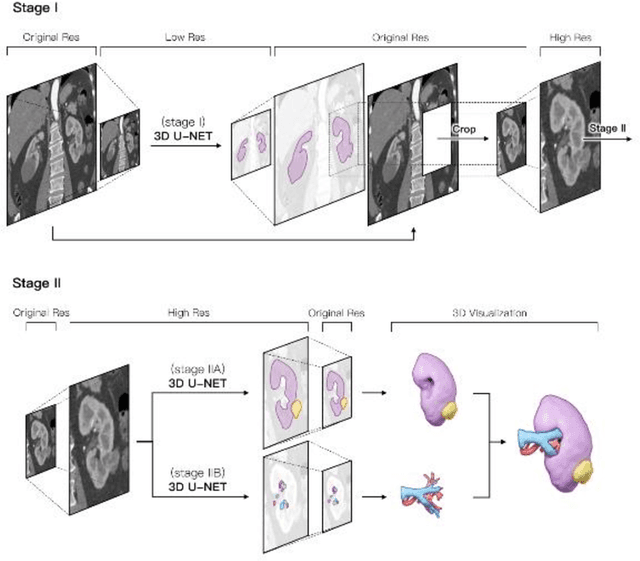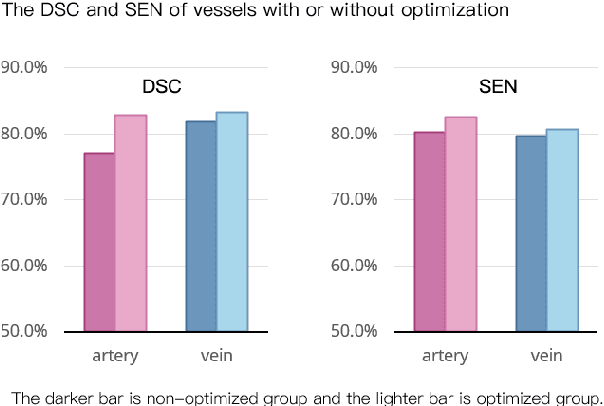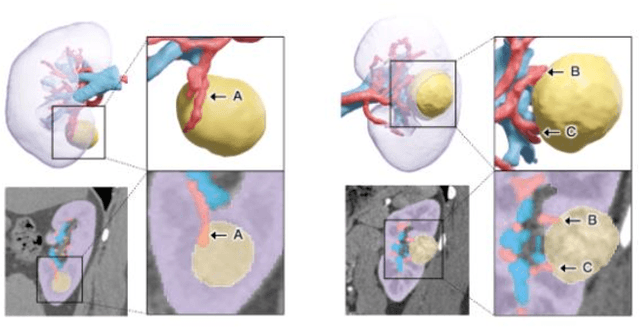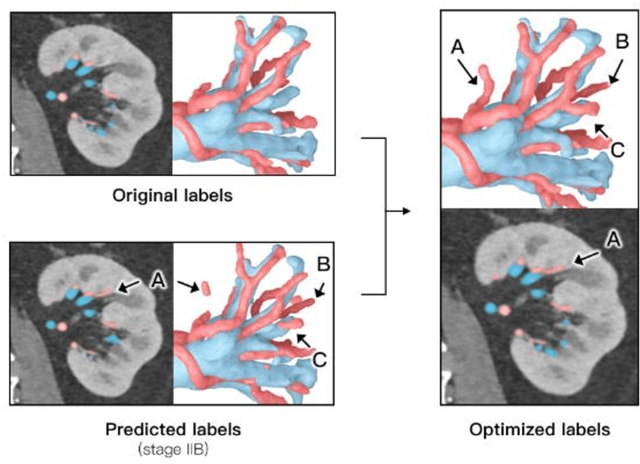Dongkai Zhou
A Novel Symbol Level Precoding based AFDM Transmission Framework: Offloading Equalization Burden to Transmitter Side
Aug 17, 2025Abstract:Affine Frequency Division Multiplexing (AFDM) has attracted considerable attention for its robustness to Doppler effects. However, its high receiver-side computational complexity remains a major barrier to practical deployment. To address this, we propose a novel symbol-level precoding (SLP)-based AFDM transmission framework, which shifts the signal processing burden in downlink communications from user side to the base station (BS), enabling direct symbol detection without requiring channel estimation or equalization at the receiver. Specifically, in the uplink phase, we propose a Sparse Bayesian Learning (SBL) based channel estimation algorithm by exploiting the inherent sparsity of affine frequency (AF) domain channels. In particular, the sparse prior is modeled via a hierarchical Laplace distribution, and parameters are iteratively updated using the Expectation-Maximization (EM) algorithm. We also derive the Bayesian Cramer-Rao Bound (BCRB) to characterize the theoretical performance limit. In the downlink phase, the BS employs the SLP technology to design the transmitted waveform based on the estimated uplink channel state information (CSI) and channel reciprocity. The resulting optimization problem is formulated as a second-order cone programming (SOCP) problem, and its dual problem is investigated by Lagrangian function and Karush-Kuhn-Tucker conditions. Simulation results demonstrate that the proposed SBL estimator outperforms traditional orthogonal matching pursuit (OMP) in accuracy and robustness to off-grid effects, while the SLP-based waveform design scheme achieves performance comparable to conventional AFDM receivers while significantly reducing the computational complexity at receiver, validating the practicality of our approach.
OTFS-based Robust MMSE Precoding Design in Over-the-air Computation
Jul 04, 2023



Abstract:Over-the-air computation (AirComp), as a data aggregation method that can improve network efficiency by exploiting the superposition characteristics of wireless channels, has received much attention recently. Meanwhile, the orthogonal time frequency space (OTFS) modulation can provide a strong Doppler resilience and facilitates reliable transmission for high-mobility communications. Hence, in this work, we investigate an OTFS-based AirComp system in the presence of time-frequency dual-selective channels. In particular, we commence from the development of a novel transmission framework for the considered system, where the pilot signal is sent together with data and the channel estimation is implemented according to the echo from the access point to the sensor, thereby reducing the overhead of channel state information (CSI) feedback. Hereafter, based on the CSI estimated from the previous frame, a robust precoding matrix aiming at minimizing mean square error in the current frame is designed, which takes into account the estimation error from the receiver noise and the outdated CSI. The simulation results demonstrate the effectiveness of the proposed robust precoding scheme by comparing it with the non-robust precoding. The performance gain is more obvious in high signal-to-noise ratio in case of large channel estimation errors.
An Entire Renal Anatomy Extraction Network for Advanced CAD During Partial Nephrectomy
May 23, 2023



Abstract:Partial nephrectomy (PN) is common surgery in urology. Digitization of renal anatomies brings much help to many computer-aided diagnosis (CAD) techniques during PN. However, the manual delineation of kidney vascular system and tumor on each slice is time consuming, error-prone, and inconsistent. Therefore, we proposed an entire renal anatomies extraction method from Computed Tomographic Angiographic (CTA) images fully based on deep learning. We adopted a coarse-to-fine workflow to extract target tissues: first, we roughly located the kidney region, and then cropped the kidney region for more detail extraction. The network we used in our workflow is based on 3D U-Net. To dealing with the imbalance of class contributions to loss, we combined the dice loss with focal loss, and added an extra weight to prevent excessive attention. We also improved the manual annotations of vessels by merging semi-trained model's prediction and original annotations under supervision. We performed several experiments to find the best-fitting combination of variables for training. We trained and evaluated the models on our 60 cases dataset with 3 different sources. The average dice score coefficient (DSC) of kidney, tumor, cyst, artery, and vein, were 90.9%, 90.0%, 89.2%, 80.1% and 82.2% respectively. Our modulate weight and hybrid strategy of loss function increased the average DSC of all tissues about 8-20%. Our optimization of vessel annotation improved the average DSC about 1-5%. We proved the efficiency of our network on renal anatomies segmentation. The high accuracy and fully automation make it possible to quickly digitize the personal renal anatomies, which greatly increases the feasibility and practicability of CAD application on urology surgery.
 Add to Chrome
Add to Chrome Add to Firefox
Add to Firefox Add to Edge
Add to Edge